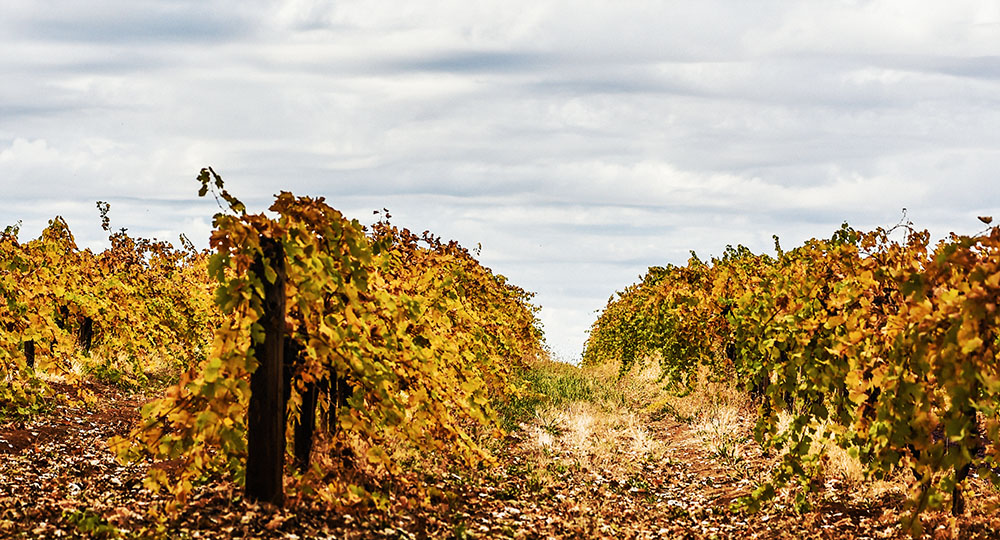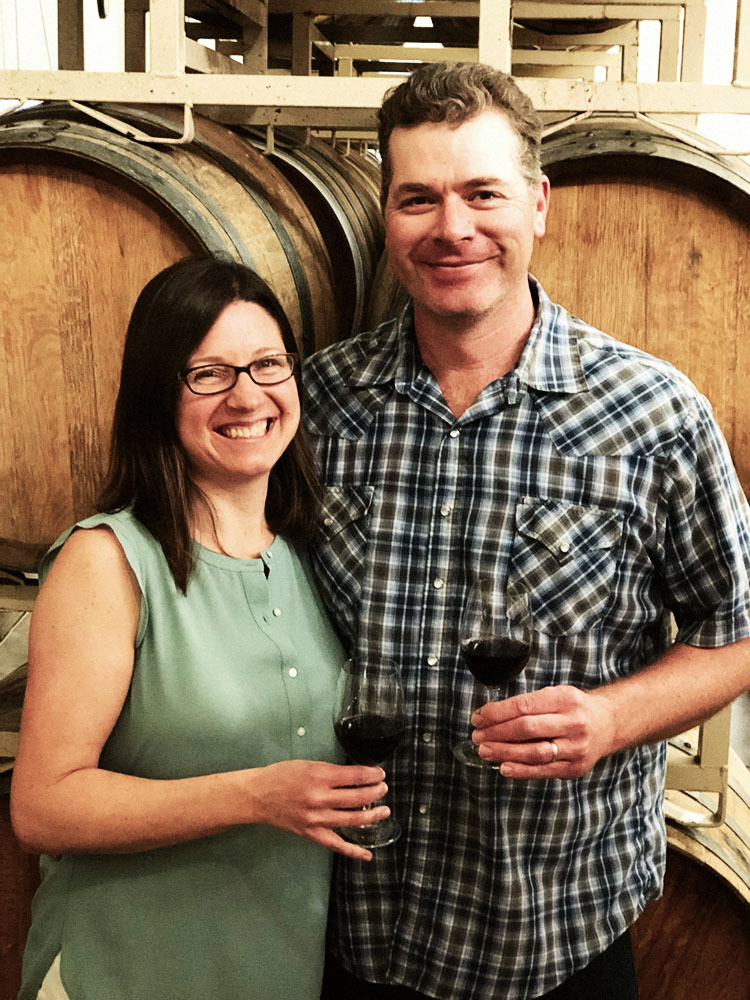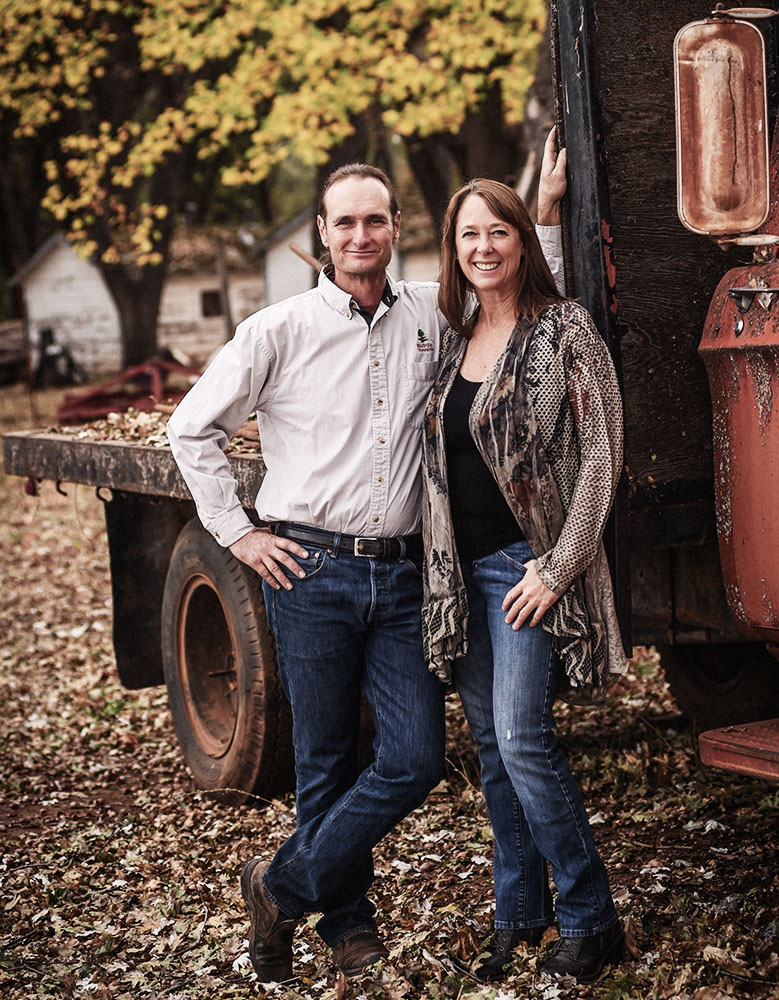
Four hundred years ago, Sir Walter Raleigh was beheaded by order of England’s King James I in part because he refused to give up his quest to find El Dorado, a mythical city paved with gold. It’s much safer to seek out El Dorado today. Simply fly to Sacramento, California or Reno, Nevada, rent a car and get on US Route 50, which is called “The Loneliest Road in America” because of the stark desert valleys the Nevada portion winds through.
In California, Route 50 follows the path of the miners who gave El Dorado County its name, after the discovery of gold in 1848 at Sutter’s Mill, near Coloma. The resultant gold rush reshaped the western United States, giving birth to San Francisco as the west’s banking centre, for example. It also led miners from Italy to plant Zinfandel so they had something to drink. These vines are now some of the oldest in the state.
Today, some tourists still visit El Dorado to try their hand at panning for gold. But most come for the agriculture. Pick-your-own fruit operations are popular, or you can buy giant boxes or bags of apples, cherries, peaches or blueberries in season. In December, you can visit Christmas tree farms to choose and then chop down your own tree.
Wine grapes are just a part of the agricultural scene, and not even the largest part. In 2016, the apple harvest was worth $19.3 million according to the California Department of Agriculture, while wine grapes were valued at $8.7 million, just ahead of cattle.
North America has lots of small, fairly unknown wine regions like this. But El Dorado is different because the wines are quite good: world class, at their best. It’s a special terroir, even if the world doesn’t know it.
El Dorado County is the highest-elevation wine region in California, ranging from 365 to 1,070 metres. If that sounds not just high but hilly, it is. In many cases, grapevines have been planted on hills because they’re not as conducive to growing apples.
El Dorado is high enough to be above the fog line, giving it plenty of sunshine, while the alpine heights give some relief from summer heat. Like the rest of California, the rainy season is winter, which means rains during harvest are rarely a problem. And the diurnal temperature difference is extreme. If you plan to visit, bring a jacket: you’ll want it by early evening.
There are some fine wineries here, but you don’t see the wines in Canada or even in San Francisco because they have given up on distribution. There is no behemoth. Madroña Vineyards, making less than 14,000 cases annually, is enormous for El Dorado. This is a region of small family farms, where if you belly up to the bar in the tasting room, the person pouring is likely to be the owner or winemaker.
As for what varietals to buy, that depends on where you are and how curious you are. Zinfandel recently passed Cabernet Sauvignon as the most-planted grape, and Rhône varieties are also popular. But there are 70 different grape varieties planted here and, because of the microclimates, many of them have found a good home. Moreover, because there is no corporate winemaking, some wineries like to bottle up their Graciano, Negroamaro or Picpoul Blanc as single-variety wines that you rarely see elsewhere.
I started drinking wines from Madroña and Boeger, two of the region’s most important wineries, when I moved to San Francisco 20 years ago. They’re terrific value. Boeger produces solid, fruit-driven, no-nonsense wines and charges surprisingly low prices for them. Madroña is in a slightly cooler part of the region and its wines are quirkier, but also affordable and rewarding. But then they disappeared from stores.
“That was a conscious decision, way back when,” Madroña owner/winemaker Paul Bush told me. “We had young kids. I was travelling too much. Our tasting room was already such a big part of what we do. We said, ‘We should be able to sell everything from essentially Sacramento to Lake Tahoe.’ And we do. I haven’t picked up any new distributors since then.”
Most El Dorado wineries feel that way. Brian Bumgarner worked at Boeger for 11 years before forging out on his own in 2005. His nascent eponymous winery, Bumgarner, got a boost after it opened when his very distant cousin, Madison Bumgarner, began starring for the San Francisco Giants.
Bumgarner the winemaker wanted to make Cabernet Sauvignon differently than the rest of the region.
“Everybody here has Cabernet but they make it like Zinfandel, in a lighter, fruitier style,” he says. “There’s a lot of concentration if you age it 24 to 36 months. Also, I’m working with multiple clones.”
Bumgarner Cabernet Sauvignon is a standout — intense, brooding and fresh — and it is just $38, a pittance for a California Cab of this quality. He makes about 4,000 cases of wine total and he also makes hard cider, because his main tasting room is right next to the epicentre of apple tourism, Apple Hill. He sells out of both wine and cider so easily every year that he just opened a second tasting room.
Holly’s Hill Vineyards has hung its hat on Rhône grapes, specifically Mourvèdre: they do three different Mourvèdres and a red blend. Mourvèdre is a tricky grape to ripen, even in California, but being above the fog line makes it possible. Done right, it’s a personal favourite of mine, and I’m a fan of Holly’s Hill’s versions.
“It’s just an awesome workhorse of a grape,” says winemaker Carrie Bendick. “As the main part of a blend, it allows everything else to show through. Some people don’t like the mushroomy feel to it. Ours has more of a wet forest floor. It reminds me of an early-morning hike.”
“Wines up here are not made by marketing departments.”
Paul Bush
You can also find Chardonnay in El Dorado — you can find practically any grape here. There’s even some respectable Pinot Noir grown on north-facing slopes (Gwinllan Estate Winery is doing very nice sparkling wines with the Pinot). But more wineries seem to have decided on Viognier as their flagship white (try the aromatic one made by Lewis Grace Winery). It’s typical of the approach wineries take when they don’t have to make what they think will sell statewide.
“Wines up here are not made by marketing departments,” says Madroña’s Bush. “I only make the wines for me and my wife. Because there are small family wineries that are willing to experiment, we can make what we like up here.”
Bush says that until recently the long list of varietals was a disadvantage, but younger consumers are actually seeking diversity.
“This is an area that has a reputation for working well not just with the wine connoisseur, but with the wine novice,” Bush says. “You can ask whatever questions you have. You can ask those questions that would be a little bit more difficult to ask in other areas.
If you do visit El Dorado, leave yourself plenty of time. Wineries are spread out; there’s no true centre, although there are several tasting rooms clustered in the town of Camino. Most roads are simple two-laners. Fine dining is thin on the ground, and the area is also short of good hotels, though several motels dot US Route 50.
However, Sacramento and the vacation town of Lake Tahoe are both less than 100 kilometres away in opposite directions, and Reno is less than 200 kilometres away. You can also slip in a visit to Yosemite National Park, which is under 300 kilometres.
And don’t just buy the wine: get some fresh fruit while you’re there.
“We get about 700,000 agritourists coming through for apple pies and Christmas trees and pumpkins,” Bush says. “Wine tends to pull all of that together. We benefit from the diversity of other crops in this area. That’s a concern for me: monocultures. I’m standing outside and I can see Christmas trees; I can see pears. There’s plums over there. Raspberries. That’s not possible in a lot of areas. Small apple or peach orchards, they’re not so sustainable unless you have a group that’s doing it. From an economic standpoint, people will come up for blueberries in June. They’ll get their blueberries, and then they’ll go wine-tasting.”


